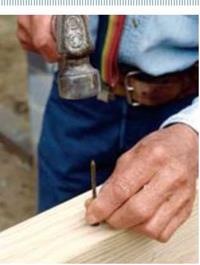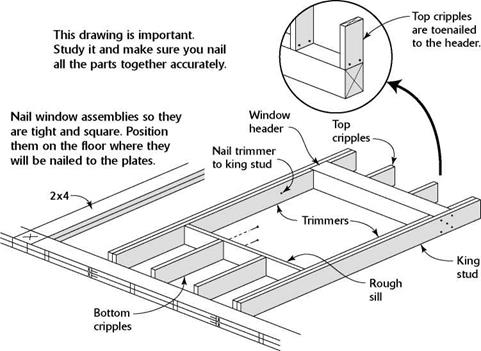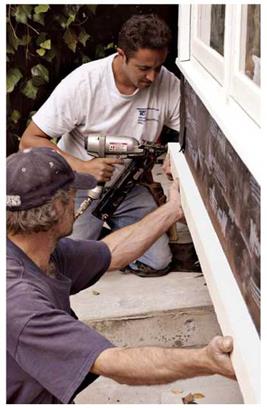AESTHETIC CONSIDERATIONS
While highway bridges are utilitarian structures, they are visible to the public and therefore should be pleasing to the eye. At the outset of design, one should be conscious of the aesthetic qualities of the structure, lest one end the project saying (after Shelley), “Look on my works, ye Mighty, and despair!”
Some basic guidelines that were adopted by the Ohio Department of Transportation (DOT), Bureau of Bridges and Structural Design, and are included in its Bridge Design Manual illustrate the commonsense approach that can be taken to apply this consciousness:
Aesthetics. Each structure should be evaluated for aesthetics...
read more








